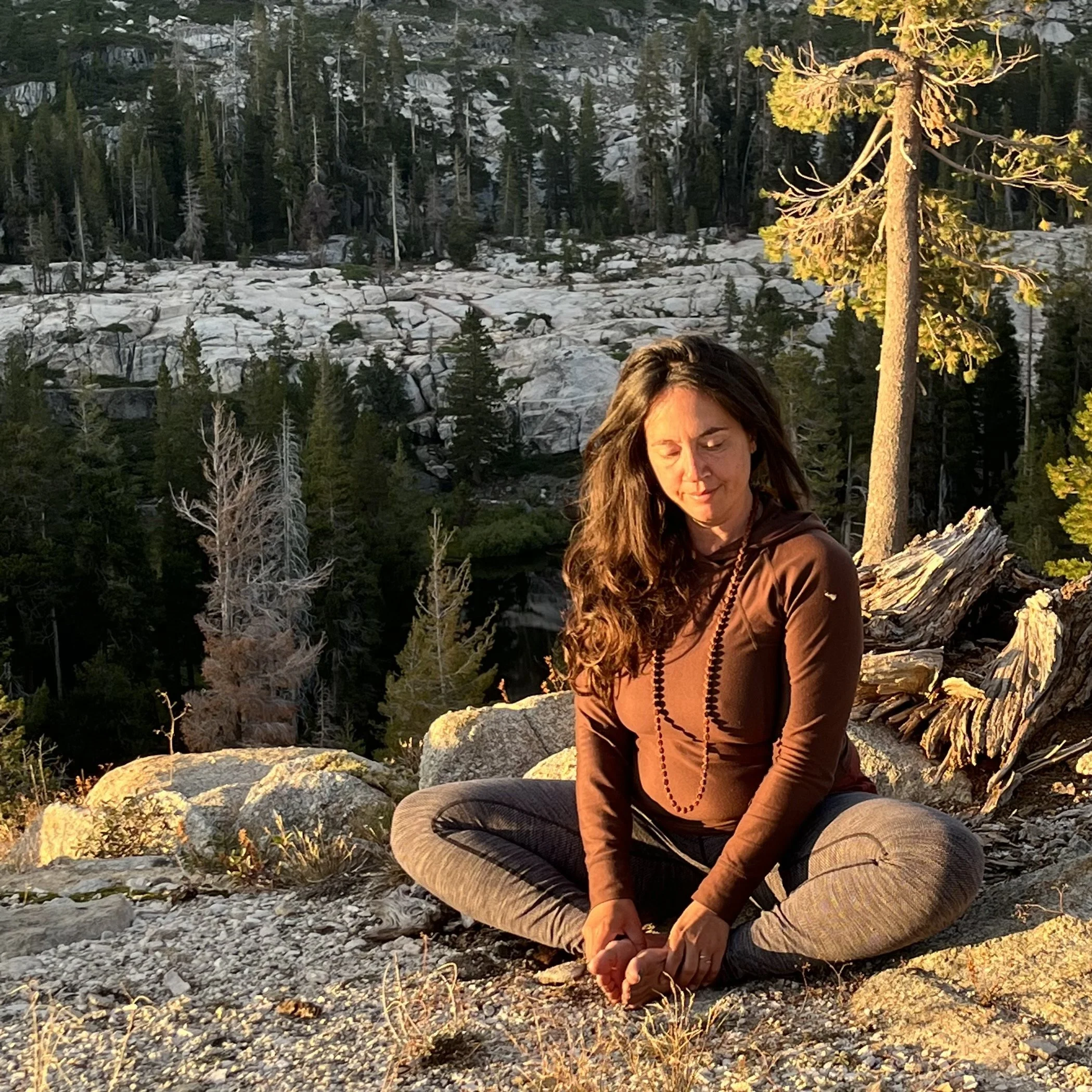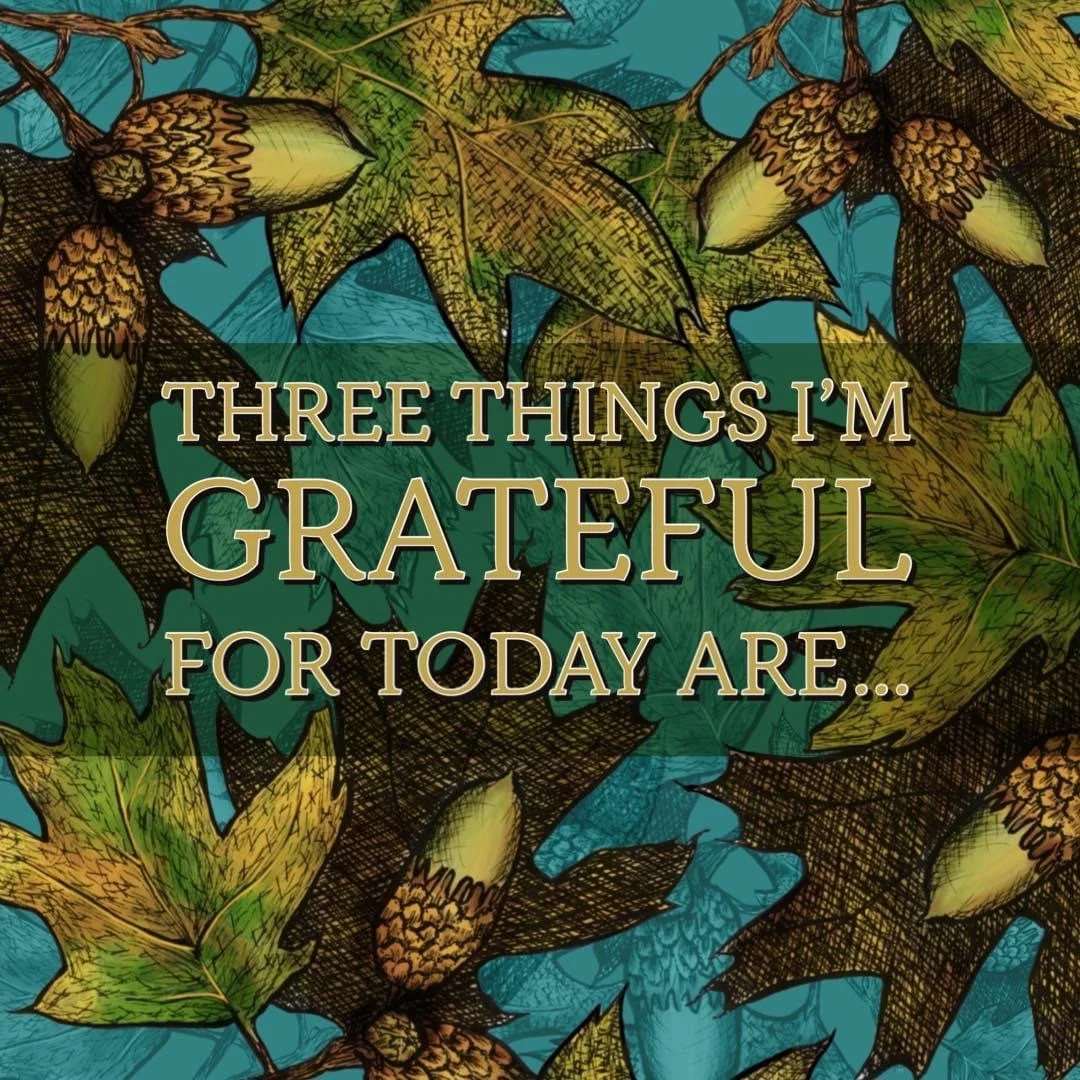Every November, the word gratitude seems to echo everywhere. We make lists, join gratitude challenges (for years I’ve hosted one in my Facebook group), and gather with our loved ones to give thanks. Somewhere in that saturation, distillation, and overuse of the concept, the true sentiment of gratitude can get lost.
Yet - the practice of gratitude has saved me. In seasons when I’ve slipped into the depths of depression and in my darkest days, a gratitude practice was essential in helping me to shift my mindset and come back to the light.
Especially in times of grief, gratitude can feel hollow and far away, like something you’re supposed to reach for but can barely touch. But when practiced sincerely and consistently, this simple practice can be a switch that supports us to reframe, integrate, and transform even the most painful things that life can throw our way.
Each time I return to places like Nepal, India, rural Ecuador, I am able to reconnect with the spirit behind a true sense of feeling thanks and being grateful. When you meet people with little more than a few changes of clothes and a warm hearth, whose smiles are vast, and laughter unrestrained, you realize there is a lightness that doesn’t come from having more, but from needing less. In their presence, I feel the essence of santosha - the yogic teaching of contentment.
Santosha - Our Inner Well of Contentment
In Patanjali’s Yoga Sutras, santosha is described as a state of inner satisfaction that arises not from external factors or sense pleasure, but from a deep inner well - and trusting that what we have is enough. The second of the niyamas, or personal observances, santosha is a foundational practice in the eight limbs of yoga. The sutra on santosha, directly translated, tells us: From contentment, unsurpassed joy is obtained.
This joy comes when we stop resisting what is.
In the West, we often confuse contentment with getting what we think we want - whether a promotion, a new car, the perfect home, or the partner we desire. But santosha goes much deeper: we are invited to rest in enoughness even while life remains imperfect.
This is not a temporary joy like the fleeting excitement of getting what we want. It is a steadier, quieter bliss-state that subtly arrives when we stop arguing with our lives and start meeting each moment as it is. Santosha invites us to release expectation and let go of the sense of constant reaching that keeps us trapped in the feeling of not-enough. It is the freedom that comes when we finally recognize that we are already whole.
Santosha can be misunderstood as passively allowing life to happen to us. In actuality, it is being in active alignment with the truth of the present moment. When we embrace contentment as a practice and way of being, we create inner space for clarity, gratitude, and wise action to arise.
Rather than acting out of a fear or scarcity mindset, we move forward from a place of sufficiency and assuredness. Instead of chasing outside fulfillment, we begin to sense the sometimes subtle abundance that is already here. Our presence changes. Our vibration shifts. This way santosha becomes the doorway to a deeper experience of gratitude that remains steady - even when life feels uncertain or painful. It helps us connect with a sense of joy not because everything is perfect, but because we are willing to be present with what is real.
Gratitude, Frequency, and Abundance
As we find ourselves experiencing gratitude at a deep level, we have the opportunity to shift our inner frequency. When we appreciate what is, we actually even tune ourselves to the vibration of abundance.
It can feel like magic or synchronicity, but beneath the surface we are simply coming into coherence. Our mental and emotional patterns begin to harmonize with the larger energetic field around us, and in that alignment we tap into a flow that extends beyond the individual self. Our thoughts, energy, and actions align with receptivity, which opens the door for more and more good to flow in. It’s the same truth the law of attraction speaks of, though the yogis knew it long before: what we dwell on, we draw toward us.
Of course, gratitude is easiest when life feels generous, easy, and in flow. The real practice begins on the days when everything goes wrong: when plans unravel, or someone’s words sting, or the world feels heavy. Those are the moments when gratitude becomes alchemy: how do we react - both in our inner world, and our outer world? When we take refuge in our practice deeply enough to say thank you even in these times, we transmute resistance into acceptance, fear into trust, anger into compassion and grace.
Gratitude is not about denying hardship, but about choosing where to place our attention. It’s about remembering that life is still offering something - even in the mess, the pain, the uncertainty. It’s about remembering the subtle hum of wholeness that underlies everything.
This Thanksgiving, I invite you to pause and tune into that hum… to pause, and take one full breath of appreciation, noticing all of the beautiful things in your life, all the little overlooked things, all of the challenges, all of the sacred, and how you have enough.
Because that’s where true abundance begins.



